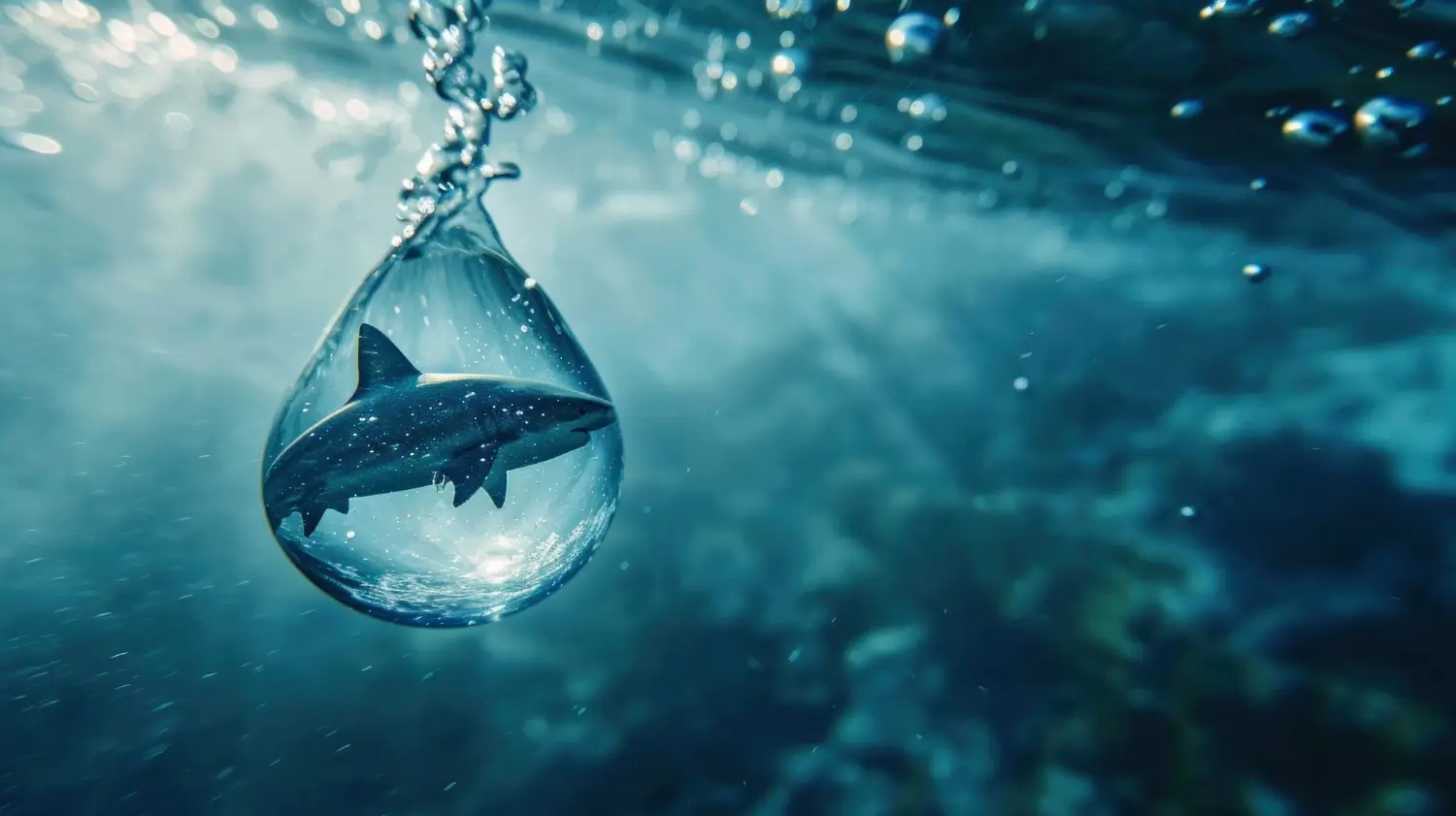Water is a fundamental necessity for the survival of all living beings, playing a vital role in various sectors such as human consumption, energy production, agricultural irrigation, and the continuity of ecosystems. Factors such as population growth, pollution of freshwater sources, and climate change are putting increasing pressure on water resources, leading people to seek alternative drinking water sources.
Water scarcity,will become one of the most significant global issues in the future. Over the last 50 years, water withdrawal has tripled while the amount of available water resources has remained constant. According to UN data, 1.4 billion people currently lack access to clean drinking water, and the number of people living in water-scarce regions is expected to increase sixfold by 2025. Every day, 4,000 children die from water-related diseases caused by contaminated water.
Seawater, or saltwater, covers 70% of the Earth's surface and makes up 96.5% of the total water on the planet. However, due to its 3.5% salt content, seawater is not directly usable. Still, desalinated water obtained through various processes can be used in sectors like industry, tourism, and even for certain domestic purposes.
Why Is Seawater Salty?
Seawater is salty due to its high salt content. The primary reason for this is that rivers and groundwater carry minerals, especially salts like sodium and chloride, from rocks and soil into the seas. These minerals accumulate in seawater, leading to high salt concentrations. As seawater evaporates, the salts remain, further intensifying the salt levels over time. Additionally, volcanic activities and hydrothermal vents on the ocean floor also contribute to adding salt to seawater. On average, seawater consists of 3.5% salt.
Historical Development of Seawater Usage
From the 17th century onward, simple distillation methods were used on ships to convert seawater into drinking water. In the modern sense, the process of obtaining drinking water from seawater began in the 19th century. During the Ottoman Empire, efforts were made to address water scarcity in the Hejaz region by desalinating seawater. In 1894, a station was established in Jeddah to convert seawater into freshwater, but over time, this station became insufficient, and more facilities were constructed.
Efforts to desalinate seawater became particularly important in other water-scarce regions as well. By the early 20th century, seawater desalination plants started being established, and significant progress was made in this field. For instance, a seawater desalination plant built in the Dutch Antilles in 1928 is considered one of the first examples of modern desalination technology. Similar plants were built in Egypt in the 1930s and in Saudi Arabia in 1938. Although the technologies of that time were more primitive compared to today’s advanced membrane technologies , they marked a significant step in meeting the demand for desalinated water. Particularly in regions like the Middle East and North Africa, where water scarcity is prevalent, projects to convert seawater into drinking water rapidly expanded, and by the 21st century, this technology became a crucial solution to meet water needs.
How Is Seawater Desalinated? What Is Desalination?
Desalination is the process of making saltwater drinkable by removing the salt content, and this is achievable through seawater desalination technologies. However, desalination is an energy-intensive process. Methods such as thermal distillation and reverse osmosis involve significant energy consumption, which in turn increases costs.
The reverse osmosis method for seawater desalination is an effective way to treat seawater and remove salts. In this process, seawater is forced through a semi-permeable membrane under high pressure. The membrane allows water molecules to pass through while blocking salt and other mineral particles. As a result, freshwater passes through the membrane while salty water and waste materials are left behind. Desalination technology is considered a critical alternative, especially in drought-prone regions and areas with limited access to freshwater.
Unfortunately, climate change exacerbates the problem of water scarcity. As more water evaporates from the oceans, rainfall tends to fall in polar regions, leading to uneven distribution of freshwater resources. Therefore, investing in water management and desalination technologies has become more crucial than ever to preserve water resources.
Which Countries Are Desalinating Seawater?
Today, seawater desalination has become an important alternative for countries, especially those facing drought and located along coastlines. Countries like Saudi Arabia, the United Arab Emirates, Kuwait, Libya, and Qatar in the Middle East, as well as the United States, Spain, Japan, and Singapore, have established and utilized desalination facilities. These technologies are seen as an essential solution to the increasing demand for and scarcity of water.
In conclusion, the preservation and sustainable use of existing water resources, have become a global priority. While seawater desalination technologies play a vital role in addressing water scarcity, all countries must collaborate to protect natural resources and use water efficiently for a sustainable future.
RESOURCES:
2. Lattemann S., Kennedy M. D., (2010). Schippers J.C, Amy G., Global Desalination Situation, Sustainability Science and Engineering, Volume 2, Elsevier B.V., Sayfa 7-38.
3. WWAP (World Water Assessment Programme).,(2012). The United Nations World Water Development Report 4: Managing Water under Uncertainty and Risk. Paris, UNESCO
4. https://yesilgazete.org/denizden-su-aritma-hem-maliyetli-hem-cevresel-tahribat-nedeni/
5. https://www.youtube.com/watch?app=desktop&v=lNsI5f7YjrA&ab_channel=DWT%C3%BCrk%C3%A7e
6. https://www.youtube.com/watch?v=ogaqWLeAU6I&ab_channel=EvrimA%C4%9Fac%C4%B1



Comment (1)
Ronald3737 December 20, 2025 at 2:58 am
https://shorturl.fm/ffCxk